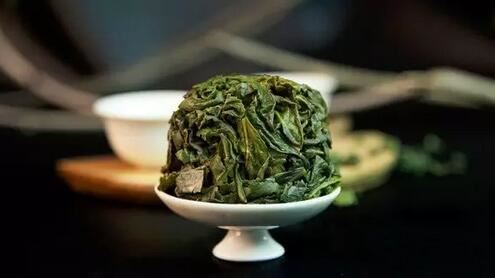
Looking at dry Tea, smelling its aroma, and tasting it are methods used by most people to appreciate tea. But sometimes, we might see some tea enthusiasts quietly fiddling with the tea residue after everyone has finished drinking.
However, don't underestimate that person playing with the leaves; they may be a profound expert in tea.
It's said that through a single leaf, one can understand the life of a tea. Is this really true? Let's take a look together.
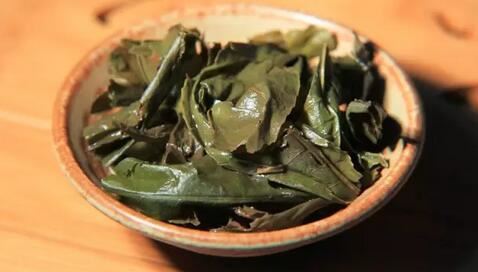
What can we see from the leaf?
The leaf, or what remains after the tea has been steeped, is the tea residue. After being soaked in hot water, the tea absorbs moisture and expands, returning to its original shape. The entire process of a tea, from picking to processing and storage, can be revealed in the leaf.
When examining the leaf, we mainly consider tenderness, color, and uniformity.
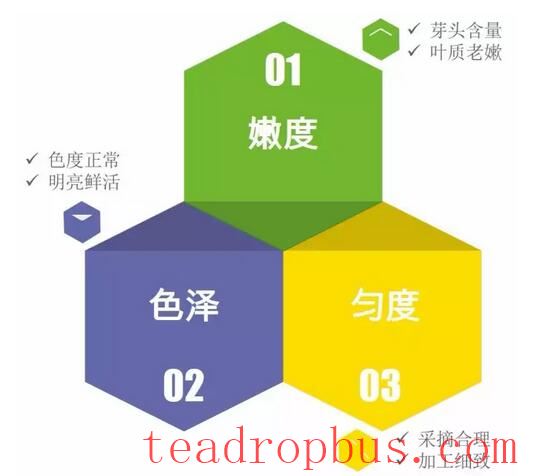
① Tenderness
Tenderness refers to the content of buds and young leaves in a tea, as well as the overall tenderness of the leaves.
Many teas are not easy to discern for their bud and young leaf content before being steeped due to their processing techniques, but it becomes clear when looking at the leaf. By taking a few leaves and spreading them out, we can determine whether the picking grade is single bud, one bud and one leaf just unfurling, or one bud with two or three leaves.
To distinguish the overall tenderness, in addition to looking with your eyes, you should also press the leaves with your fingers. The general principles for distinguishing are:
I. Leaves that feel soft and pliable under finger pressure indicate good tenderness; hard leaves that spring back when released indicate older leaves.
II. Leaves with flat veins, smooth like silk, indicate tenderness; leaves with raised veins indicate older leaves.
III. Leaves with smooth edges indicate tenderness; leaves with pronounced serrated edges indicate older leaves.
IV. Thick, soft leaves are the best, indicating good tenderness and rich internal substances, typically from high-quality mountain tea raw materials; soft but thin leaves are average, usually from terrace tea raw materials; hard and thin leaves are the worst.
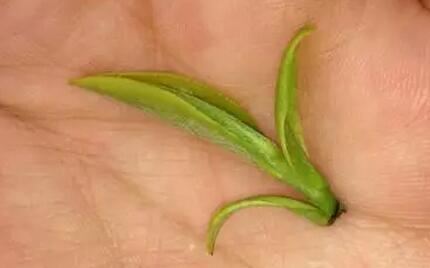
② Color
The color of the leaf can very directly reflect the quality of a tea's raw material and processing. To observe the color of the leaf, it's best to compare several teas side by side; otherwise, it can be easily influenced by lighting, environment, and subjective factors.
The general principles for distinguishing leaf color are:
I. The color should be normal. By “normal,” we mean it meets the color requirements for the type of tea. For example, for green tea, light green, yellow-green, and emerald green are preferred, while dark green is less desirable, and blue-green (indicating the use of purple buds) is the worst. If there are spots (rainy day tea), scorched leaves, red leaves, red stalks, or mushy leaves, these are even worse.
II. The color should be bright! Bright! Bright! This is important enough to say three times. Brightness doesn't mean the leaves glow on their own, but rather it indicates vitality, luster, fullness, and a sense of life. So what does a bright leaf look like? This is where the skill level of tea appreciation comes into play because words are inadequate in describing it. You have to see this vibrant brightness with your own eyes to truly understand. If we must make a comparison, it would be like tree buds sprouting after an early spring rain—this vitality and brightness cannot be matched by leaves in summer or autumn.
③ Uniformity
In the three aspects of examining the leaf, uniformity is relatively minor. Uniformity means looking at whether the age, size, thickness, and integrity of the leaves are relatively consistent.
This relates to the picking and processing management of the tea. Some tea farmers pick leaves without any consideration, which results in uneven sizes visible in the leaf. In processing, some tea factories mix batches from different mountains without any differentiation, leading to poor uniformity.
Poor uniformity indicates a lack of rigor, standards, and seriousness in picking and processing.
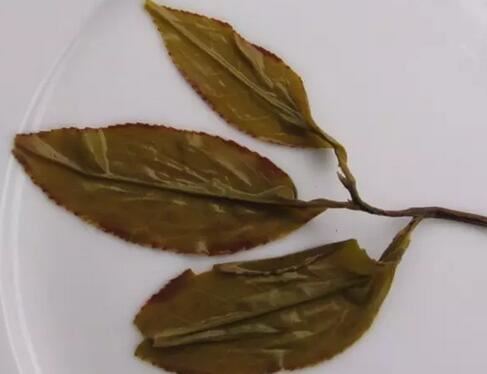
④ Other Aspects
In addition to the above points, pay attention to the degree of expansion of the leaf.
Most teas undergo rolling or shaping during processing. A well-made tea will naturally expand and return to its original shape after being steeped in boiling water. Some heavily rolled teas, such as Oolong Tea, may still be slightly curled even after fully expanding, which is normal.
However, if the leaf remains completely flat like paper or fails to expand after Steeping, this indicates flaws in the processing technique. In recent years, rock Oolong teas have become popular, and some tea factories use heavy charcoal roasting to mask defects in the tea. For such teas, we can distinguish between lively, expanded leaves and tightly curled, hard leaves.
Finally, don't discard the used tea leaves. Place them aside and come back to them later to smell the “cold fragrance.” This is an important indicator for determining whether a tea can be considered exceptional, regardless of whether it is green tea, Black Tea, or oolong tea.
After reading this, have you fallen in love with playing with tea residue too?